Opinion submitted by Melissa Weese
Events in recent weeks have made me examine where I, as an architect and as a white person, can further expose systemic racism and work to eliminate it.
In the context of the ASAI, I could talk about how it’s important to include people of color in our illustrations, and how we shouldn’t limit that to illustrations of diverse college campuses, or “proper” representations of a context where a project might be. These are small token gestures that pay lip service to the idea of diversity and inclusion.
Instead, I’m going to talk about broader ways that we can as illustrators address the issues. Here are 3 areas that we should consider.
Recruitment. How many illustrators of color do we have within our ranks? How can we recruit more?
A lot of architectural illustrators come from the architectural profession, in which people of color are notoriously under-represented. This therefore even further constricts the pipeline for a Black or brown person to become an architectural illustrator.
So at its very root, we need to get more people of color into the architectural profession, which means we need to make sure that more Black students are encouraged to enroll in architecture school, or digital arts or other arts programs, which means that high schools need to provide the opportunities for Black students to experience the arts, which means those schools need arts funding or there need to be ample educational programs where Black students can learn to draw, which means that we need to make sure as citizens that equal educational access is provided to schools where there are Black and brown students.
We can also work with other educational programs, providing digital art and drawing classes in prisons, in transitional programs like Delancey Street, in homeless support organizations like Glide Memorial Church (both Delancey Street and Glide are internationally recognized organizations in San Francisco).
Mentorship. Again, how many illustrators of color do we have within our ranks? Have they asked for mentorship and are we providing it and supporting them in the process?
For those of us who work in firms, is the firm doing enough to recruit people of color? Is it providing proper mentorship to the people of color that it does recruit and employ? Is it making an effort to understand the needs and experiences of people different from their own?
Collaboration. Do our clients have a good record of recruiting and employing people of color? Are equality and diversity represented in our clients’ core values? If not, we can ask why not. And, if the answer is unsatisfactory, we can consider terminating our working relationship with that client. Yes, we may lose that job, but think of all the people of color who are losing so much more.

